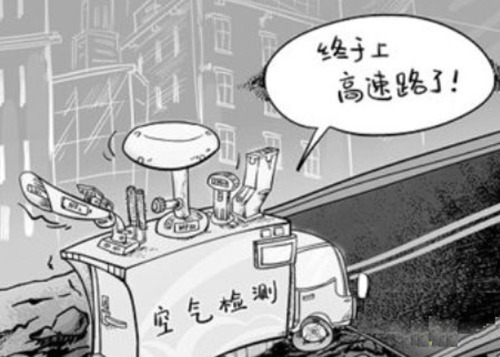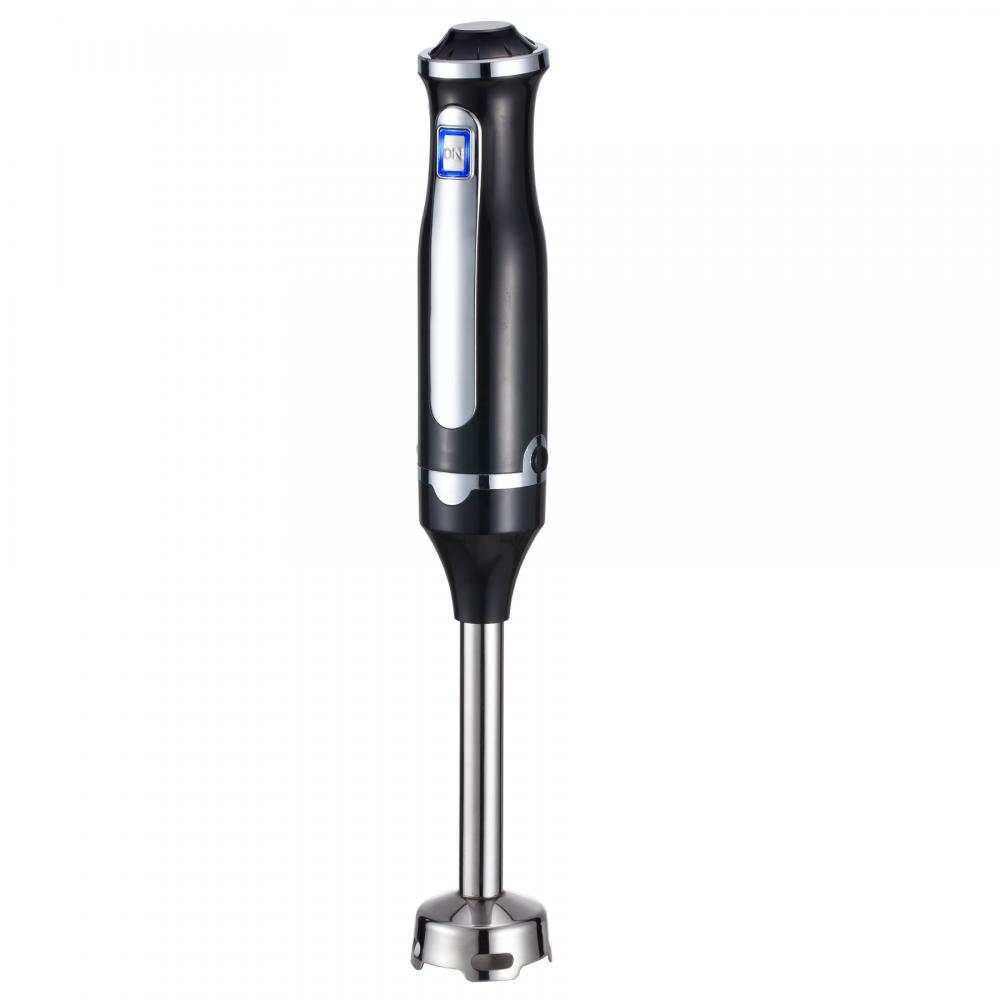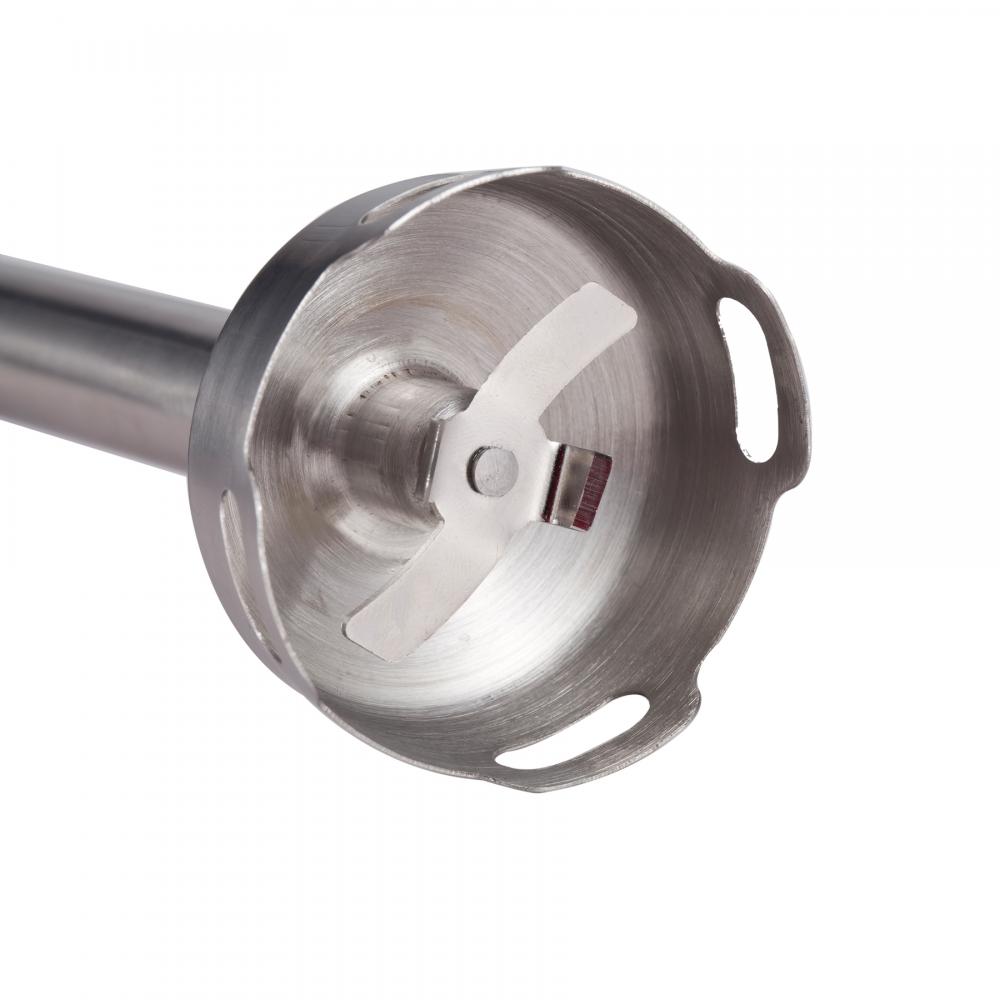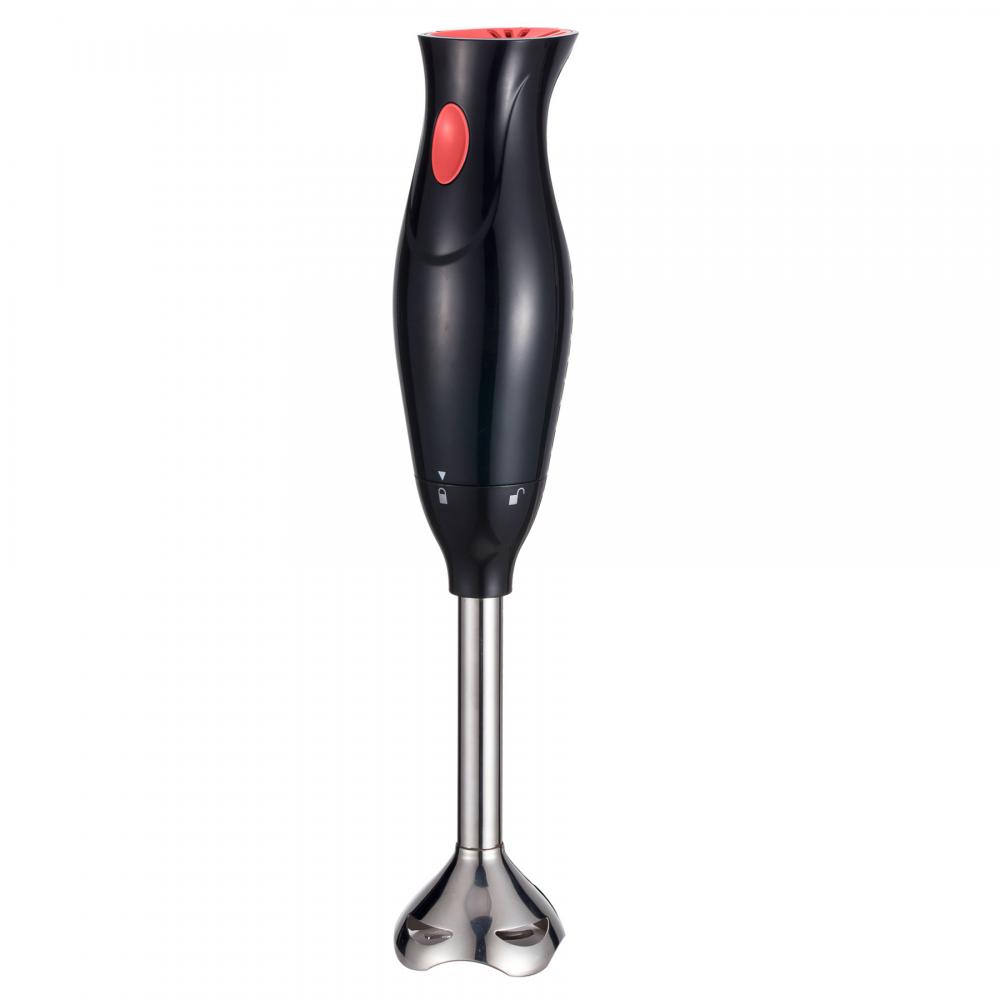 The reading: In the next five years, an urban ambient air monitoring network will cover all prefecture-level cities and some counties in the country, and add new monitoring content. Now, the sleek businessman has targeted the air quality monitoring instrument industry worth RMB 10 billion. , Waiting for the industry blowout under the policy dividend.
The reading: In the next five years, an urban ambient air monitoring network will cover all prefecture-level cities and some counties in the country, and add new monitoring content. Now, the sleek businessman has targeted the air quality monitoring instrument industry worth RMB 10 billion. , Waiting for the industry blowout under the policy dividend. The new national standard has spawned new business opportunities Since 2011, the "national standard" revision of air quality has been intensively held. There are many indications that PM2.5 will be included in routine monitoring and will be a foregone conclusion. In the past October, the ashes of heaven and earth in Beijing, Tianjin, the Pearl River Delta, and the Yangtze River Delta were all derived from this guy called PM2.5.
With the establishment of an ambient air quality monitoring network that will soon cover cities above prefecture level across the country, the new monitoring indicators will bring tremendous opportunities to the unknown environmental monitoring instrument industry.
PM2.5 refers to particles with diameter less than or equal to 2.5 microns, mainly from coal-fired power plants, vehicle exhaust emissions, and dust. Like PM10 (inhalable particles), both can be inhaled into the lungs and carry viruses and bacteria. At the same mass concentration, the greater the number of fine particles per unit volume, the greater the hazard. That is, PM2.5 is more harmful to the human body than PM10.
According to the updated "Air Quality Guidelines" of WHO in 2005, more and more countries have incorporated the monitoring of PM2.5 into the air pollution index system. However, the only items that must be measured in China's current "Environmental Air Quality Standards" are PM10, sulfur dioxide, and nitrogen oxides. The PM3 has not yet been listed as an air quality indicator.
In fact, as early as 2007, Beijing and other cities began to monitor the preparation of PM2.5, so far, among the 27 monitoring points in Beijing, there are several equipment equipped with PM2.5 tester, but the official data is “tested without ".
In May 2011, the Ministry of Environmental Protection issued the "Notice on Conducting the Pilot Monitoring Work of the Urban Environmental Air Quality Assessment (Trial)", and selected one city in each of the 26 provinces nationwide to pilot new monitoring projects. New additions include: PM2.5, carbon monoxide, ozone, lead, benzopyrene (a carcinogen). The good news is more than this. From November 1st, China has issued the environmental protection industry standard of "Measuring and Gravimetric Method for Ambient Air PM10 and PM2.5" and has begun to regulate the measurement of PM2.5. This is also the first revision of the "Determination of Airborne Dust Concentrations" of 1986.
This also means that with the monitoring of new indicators such as PM2.5 spread out, over 600 air monitoring stations in more than 330 prefecture-level cities across the country will successively install relevant monitoring equipment.
“The market for air quality monitoring has broad prospects. The monitoring of ashes will become a new profit growth point for atmospheric monitoring.†Liu Guoyun, assistant president of Hebei Xianhe Environmental Protection Technology Co., Ltd., a leading environmental monitoring instrument company, told the Southern Weekend reporter.
In fact, during the “Twelfth Five-Year Plan†period, in addition to PM2.5, monitoring of organic pollutants, ozone, carbon monoxide, heavy metals, and greenhouse gases has gradually become the focus of national air quality monitoring.
In 2010, analysts Zhang Zhongjie and Lin Hao of Anxin Securities once studied and analyzed that the air automatic monitoring system is expected to have an overall market size of more than 3,000 in three years. According to the incomplete statistics of the Instrument Information Network, by 2010, the market capacity of environmental monitoring instruments has increased to 11 billion yuan.
Today, this figure may be even more optimistic. Once 340 cities above the prefecture level nationwide have gradually achieved full automatic online monitoring, more than 2,000 counties in China will be the next largest users of monitoring instrument consumption. In addition, prefecture-level cities need to be improved, capital cities need to be replaced, rural monitoring sites need to be established, and the ambient air monitoring instrument industry is likely to spawn one “great rich manâ€.
Policy "Dependent"
Air monitoring, although it is a virgin land with a worth of 10 billion and has not yet been actually reclaimed, it suffers from serious policy dependence.
According to the recall of the atmospheric room technical staff of the China National Environmental Monitoring Center, around 2000, when the country started to establish an automatic environmental monitoring network from 47 key environmental protection cities, the vast majority of cities in the country still rely on manual monitoring. For ten years, the automatic monitoring system for environmental quality gradually spread across the country. So far, all county-level cities have not yet been covered, and there are still many gaps in rural monitoring stations.
The reason is that there is a shortage of financial resources and it takes time to fully cover the two. The above-mentioned technicians clearly remember that when the central government launched a special campaign to reduce emissions of major pollutants, national and local governments invested 12 billion yuan in environmental protection. “This is the first time that we have basically achieved automatic air monitoring in all cities above the prefecture level.â€
Liu Guoyun also admitted that "the beginning and growth of the precedent are inseparable with the national policy."
In the 1980s, China began to monitor and forecast air quality. What is interesting is that this measure is neither a high consciousness of the government nor a concern of the public, but is forced by the pressure of environmental diplomacy. "At the beginning, 100% of the equipment was imported. Only hand-sampling monitoring was conducted. Until 1998 Clinton visited China, I introduced the continuous monitoring system for urban air quality of the United States-based company." said Liu Guoyun.
Until the 1990s, local companies such as Xianhe Environmental Protection and Wuhan Tianhong Instrument Co., Ltd. (hereinafter referred to as Wuhan Tianhong) have already seen business opportunities and started research and development. However, they failed to achieve the goal of replacing imports immediately. A number of environmental monitoring projects have emerged in the country. Instrument joint ventures.
As the country has encouraged the localization of online monitoring systems, it has pioneered the development of China's first continuous urban air quality automatic monitoring system with independent intellectual property rights, and will soon participate in national unified tendering and sales to the country. By around 2000, the domesticization of complete sets of on-line monitoring equipment really started.
Unlike those companies that are good at seizing policy opportunities, the Anhui Institute of Optics and Fine Mechanics (hereinafter referred to as the Anhui Institute of Optics and Mechanics) of the Chinese Academy of Sciences has taken another route.
In the 1990s, the Chinese Academy of Sciences encouraged subordinate research institutes to innovate and demanded that every institution learn from others. As there is more than one Institute of Optics and Mechanics under the Chinese Academy of Sciences, Anhui Institute of Optics and Chemicals has used its expertise in environmental optics key disciplines to embark on the path of optical environmental monitoring instruments.
The “transformation†of Anhui Opto-Mechanics Co., Ltd. coincided with the time when environmental monitoring shifted from chemical analysis to environmental optical analysis. They began sampling from the field to the analysis of the laboratory, and gradually turned to automatic online monitoring.
With the decomposition of the target of 10% emission reduction of major pollutants in the “Eleventh Five-Year Plan†period, important pollution sources have been included in the scope of national monitoring, and the passion of purchasing environmental monitoring equipment everywhere has been ignited.
Domestic PK Imports At present, there are more than a dozen domestic manufacturers that provide air quality monitoring systems, namely Hebei Xianhe, Wuhan Tianhong, Anhui Blue Shield Optoelectronics Co., Ltd., and Beijing Zhonghao Tyco Environmental Technology Development Co., Ltd., and the United States. APIs (Automatic Precision Engineering Corporation), Thermo Fisher Scientific of the United States, EcoTech and Monitor of Australia, ESA of France, etc., also provide monitoring equipment in China either through wholly-owned or joint ventures or through agencies.
Among them, the market share of leading environmental protection companies is 40%, and Thermo Fisher ranks second in 33%. In addition, there are some companies in the industry chain that do not have core technologies and independent intellectual property rights, and have a certain market share by relying on OEM or foreign products.
A dealer who represents foreign products told the Southern Weekend reporter that imported instruments are superior to domestic equipment in accuracy, accuracy, and average number of hours of trouble-free operation. The accuracy of the former can reach the PPT level (one trillionth of a trillionth), while the precision of domestic equipment can only reach the PPB level (one-billionth).
The China National Environmental Monitoring Center and all levels of monitoring departments are currently the largest users of various types of environmental monitoring equipment. As a user, the technicians of China National Environmental Monitoring Center do not intend to evaluate the equipment vendors. However, the technicians also saw that the follow-up of domestically-made equipment had reduced the price of expensive imported equipment by one-third to one-half. For environmental monitoring equipment, in addition to product quality, after-sales service is also very attractive to users. Some domestic manufacturers have more outlets and slightly better service. However, he also hopes that with the development of technology, the quality and durability of domestic products will further increase.
As a leader in the industry, the pioneer environmental protection frankly stated to the Southern Weekend reporter that compared with foreign products, there are gaps in the stability of the process and long-term operation of domestically produced instruments. Taking a trouble-free operation cycle as an example, foreign instruments have reached two months or even longer, while domestic ones are slightly shorter. In addition, the domestic environmental monitoring instrument industry has a short development time and a poor industrial base. Liu Guoyun mentioned that Shuanghe Environmental Protection was listed on the Growth Enterprise Market in 2010, to a certain extent also to solve the financial difficulties.
However, Liu Jianguo, deputy director of Anhui Opto-Electronics Institute, could not agree that wearing colored glasses should treat domestically produced instruments. He said that the world’s first PM2.5 environmental monitoring instrument was manufactured by the United States’ R&P company, which was later acquired by the US’s thermoelectric company. The second such machine was developed by the Anhui Institute of Optics, which broke the myth of high-end equipment imports.
He also mentioned that at the beginning of the development of the air monitoring substation of Anhui Optomechanics Co., Ltd., a foreign company questioned the design of Anhui Optomechanical Co., Ltd. in adopting their technical route, but when the relevant research and development team of Anhui Optomechanics passed it to the other party. A German professor had many years ago conceived of this structure, and the Institute of Optoelectronics patented its improved technology path. The company then sent a letter of apology in writing.
Waiting for policy dividends The environmental monitoring equipment industry is poised to take off. “We have already made reservations in the automatic monitoring and warning of atmospheric composite pollution (ash), waiting for the arrival of policy dividends.†Liu Guoyun told reporters confidently.
According to the statistics of China's environmental monitoring work in 2009, there were more than 5.5 billion environmental monitoring funds nationwide at that time, and there were more than 150,000 environmental monitoring instruments (sets), of which more than 1,400 have been built and under construction. There are 661 monitoring points in China. The national monitoring sites have all achieved automatic on-line monitoring of air quality. The data is directly transmitted to the China National Environmental Monitoring Center. The data has been disclosed to the public and the hourly value of monitoring indicators has been released on the Internet in real time.
A powerful monitoring network seems to have formed. However, Liu Guoyun is still more worried. “The development of environmental monitoring equipment in the country is still rather fragmented and has not attracted public attention.†Not only that, but also the Chinese environment that is responsible for managing environmental monitoring equipment. When the Southern Weekend reporter asked for data, the Protection Industry Association also said that it was powerless. “The current domestic level is only the overall data of environmental monitoring equipment, and there is no breakdown of the air monitoring industry.â€
With the continuous improvement of national environmental monitoring technology requirements, the air quality monitoring equipment industry will inevitably reshape the market. It is worth noting that in order to improve the quality of monitoring data and reduce monitoring costs, equipment manufacturers in the environmental monitoring industry have begun to try various new profit models.
For example, Xianhe Environmental Protection began to try the "transfer-operate" model (referred to as "TO"), that is, equipment manufacturers invest to build and operate, maintain monitoring equipment, conduct comparisons with third parties, and invest in data purchased by the environmental protection department and exercise quality control. Functions. Starting in September 2011, Pioneer Environmental began to pilot the TO model in Shandong, and its operating proportion continued to increase, accounting for approximately 10% of total revenue. In addition to Shandong, environmental protection operations in Hebei, Henan, Shanxi, Heilongjiang, Beijing and Zhuzhou are also gradually advancing.
A. Mixer Beater (s/s)
B. Mixer whisk (s/s)
C. Potato masher
D.550ml measure cup
F. 700ml measure cup
G.350ml chopper
H.700ml Chopper with non-slip base
I. Fine slicer & Julienne Disc, Rough slicer & Julienne Disc, Shred Disc.(For 700ml chopper use only)
K. Wall mounting
L. Bracket
General specifications
Base speed: 2 Detachable shaft: lock & unlock sign
LED light: No Speed setting: 2
Technical specifications
Power: 400W Frequency: 50/60 Hz
Voltage: 220-240V Cord length: 1.2 m
Design specifications
Material body: ABS Surface finishing: injected color
Material rod: Stainless steel Material blade: Stainless steel
Material measure cup & chopper: SAN
Dishwasher attachments: Yes
Approvals
GS/CE/CB/LVD/EMC/ROHS/LFGB/DGCCRF/REACH/ERP





Dc Motor Hand Mixer ,Electric Dc Motor Hand Blender ,Immersion Hand Blender,Plastic Dc Motor Hand Blender
Housoen Electric Manufacture Co., Ltd. , https://www.housoenappliances.com